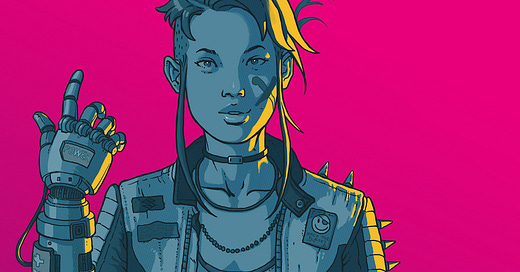Comic Tutorial #3: Creating impactful characters
From scripting to panel direction, dialogue to design - here's my approach to writing characters
Hello and happy Friday!
Welcome to my third comic scriptwriting tutorial, which is about how I write and flesh out my characters. If you missed my first two tutorials, you can check them out here:
In this tutorial, I’m going to cover:
How to create a new character from scratch
How to inject personality into your character in the script
How to inject personality into your character through art
How to approach your character’s dialogue
How to make characters grow over a story arc
Ready? Let’s jam!
Keep reading with a 7-day free trial
Subscribe to Dave Cook Comics to keep reading this post and get 7 days of free access to the full post archives.



